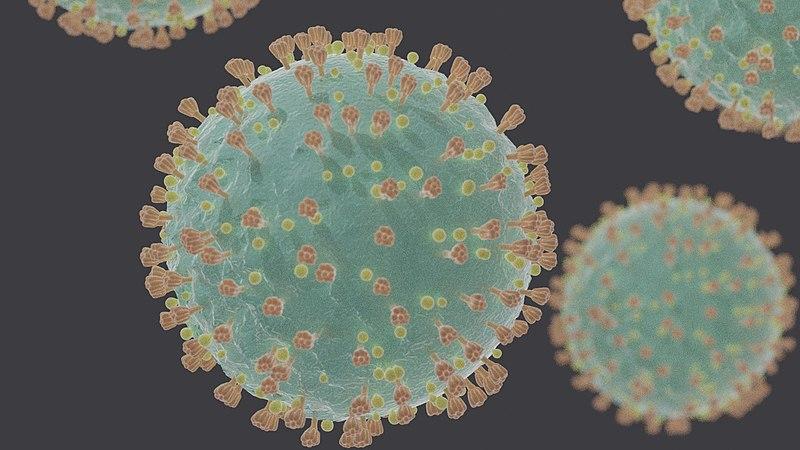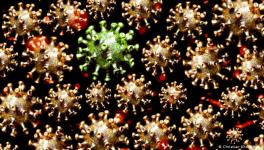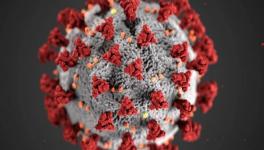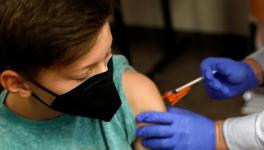XBB.1.5 Variant’s Spike Protein Mutations Help it Evade Antibodies

Image Courtesy: Wikimedia Commons
The Omicron XBB.1.5 variant is spreading fastest compared to earlier strains. Recent INSACOG data shows that 26 XBB.1.5 cases have been reported in 11 states and Union Territories, including Delhi, Maharashtra and West Bengal. INSACOG is a multi-laboratory network that monitors coronavirus variants circulating in the country through genome sequencing.
According to World Health Organization (WHO) assessment, XBB.1.5 is present in 38 countries with the USA having 82% of the infections.
The XBB.1.5 is an offshoot of variant XBB, which emerged as a recombination of two Omicron subvariants. Omicron caused large outbreaks across the world. The XBB emerged following the co-infection of two Omicron subvariants BA.2.10.1 and BA.2.75, according to the WHO.
The XBB variant has got mutations in the spike protein, which helped it to evade antibodies, the proteins of our immune system that can kill viruses. Spike protein is present on the surface of the coronavirus and the virus sticks to human cells eventually entering them. The viral spike protein attaches itself to a particular protein present on the human cell surface named ACE2. The variant’s mutations helped it become the common variant in the past triggering a surge in Singapore.
XBB.1.5, observed in late 2022, has a rare mutation in its spike protein called F486P. A previous study by a team led by Yunlong Cao, of Peking University, Beijing, showed that the rare mutation of F486P improved its ability to attach to ACE2.
However, it still remains to be seen how a variant’s ability of sticking to ACE2 is related to the transmissibility. Jesse Bloom, an evolutionary virologist at the Fred Hutchinson Cancer Center, Washington, said that “for XBB.1.5, F486P seems to have given it another boost, which is enabling the virus to spread”.
Researchers agree that XBB.1.5, like its predecessor XBB, masters the technique of evading the protection provided by the immune system. The mutations in the spike protein enable it to surpass the potency of the antibodies produced by vaccines and earlier infections.
Variant watchers, including Yunlong, watched the Omicron lineages (including its subvariants) throughout 2022 concentrating on how the variants pick up the variety of mutations in the spike protein with the ability of evading the antibody protection provided by vaccination and previous infections.
However, other scientists argue that early conclusions should not be drawn regarding a variant and its virulence or transmissibility. Tulio de Oliveira, a bioinformatician at the Stellenbosch University, South Africa, says that factors like cold and holiday gatherings could also contribute partly to the recent surge of XBB.1.5 in the USA. “I think that many scientists are jumping to conclusions and predictions very early and with very little data,” said in a statement.
There is also no major finding which can lead to a conclusion that XBB.1.5 causes serious illness or can increase the rate of hospitalisation as of now. Researchers say that XBB.1.5 does not have any specific mutations that can render it more dangerous in comparison to earlier subvariants.
Get the latest reports & analysis with people's perspective on Protests, movements & deep analytical videos, discussions of the current affairs in your Telegram app. Subscribe to NewsClick's Telegram channel & get Real-Time updates on stories, as they get published on our website.
























